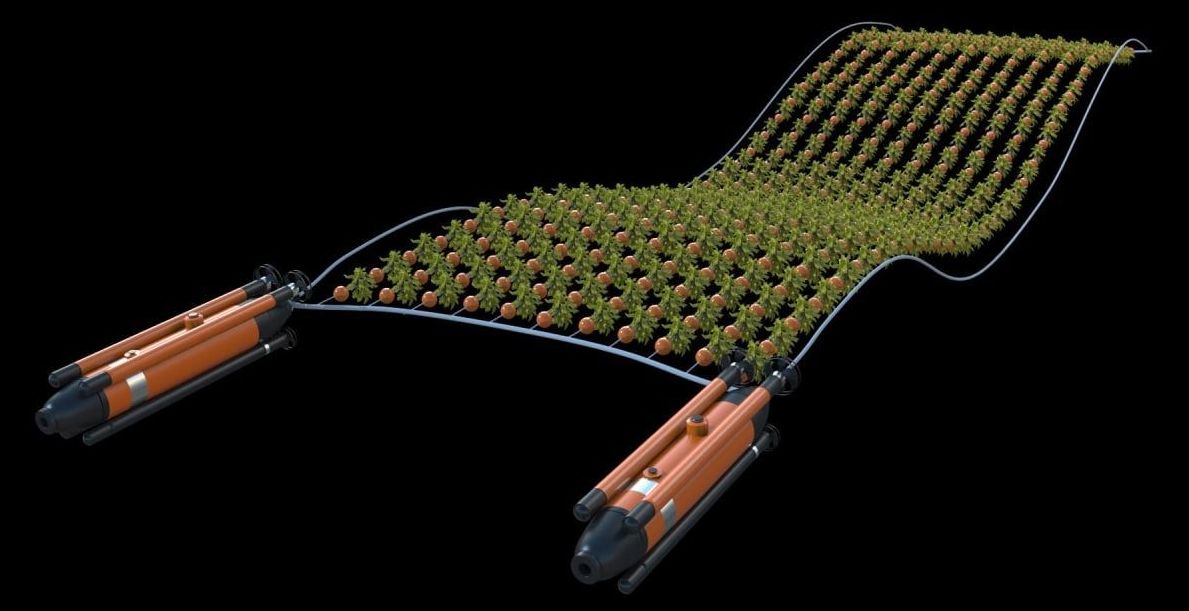
Get the latest international news and world events from around the world.


Vladimir Putin: Country That Leads in AI Development “Will be the Ruler of the World”
Russian President Vladimir Putin spoke on Friday at a meeting of students in Yaroslavl, Russia about the development of artificial intelligence (AI). In a rather ominous sounding warning, the leader stated that “the one who becomes the leader in this sphere will be the ruler of the world.”
Many of those working in the field see AI as a tool for making humanity better, while others foresee it as a harbinger of doom for the human species. Not many high profile people — especially the leader of the largest nation on Earth — have come forward to blatantly express the potential of AI to be a tool of immense power for a nation to wield.
President Putin went on to say that “it would be strongly undesirable if someone wins a monopolist position,” implying that Russia’s breakthroughs would ideally be shared with other nations.
Online game challenges players to design on/off switch for CRISPR
A Stanford team has launched a new challenge on the Eterna computer game. Players will design a CRISPR-controlling molecule, and with it open the possibility of new research and therapies.
A team of researchers at the Stanford University School of Medicine has launched a new challenge for the online computer game Eterna in which players are being asked to design an RNA molecule capable of acting as an on/off switch for the gene-editing tool CRISPR/Cas9.
Molecular biologists will then build and test the actual molecules, based on the most promising designs provided by the players.
In new leap for AI: computer chips that can smell
Talking at the TEDGlobal conference in Tanzania on Sunday, Nigerian neuroscientist Oshiorenoya Agabi said his Koniku Kore device is able to breath in and smell air (stock image).

China’s Huawei unveils mobile AI assistant at Berlin’s IFA
Chinese electronics giant Huawei on Saturday unveiled its first mobile personal assistant with artificial intelligence in Berlin, in hopes it will rival the dominance of Samsung’s Bixby and Apple’s Siri.
“Smartphones are smart but they are not intelligent enough,” Richard Yu, chief executive of Huawei’s Consumer Business Group, said at this year’s IFA electronics fair.
The mobile assistant, called Kirin 970, will systematically respond to three questions—” the most important combination,” Yu said: Where is the user? Who are they and what are they doing?
Katherine Jin and Keith Comito, Challenges In American Innovation
How do we make it in today’s crazy, alternative facts, almost alternative world–we get creative, we get INNOVATIVE. Here on ScIQ, we’re talking to two incredible innovators in medical sciences and human health.
Just in her 20s, Kathrine Jin was part of the team of Columbia University students who developed a low-cost, technology-driven solution to meet the urgent challenges posed by the Ebola crisis. She has been honored the United Nations in celebration of International Day of Women and Girls in Science for her part in the creation of Highlight, a patent-pending disinfectant solution.
Learn more about Kinnos here: https://www.kinnos.us/about-us/
When he’s not working at MLB, Keith Comito works with his research group, LifeSpan I.O. in projects related to longevity or age related disease, and receive funds from contributors to fulfill their goals. Thanks to generous funding and awards towards life-changing research, Lifespan I.O. has currently completed 6 diverse projects, which you can find on Lifespan I.O’s website.
Learn about Lifespan I.O here: https://www.lifespan.io/
This video is presented by Jayde Lovell, at Youtube Space NY. Written by Wandy Oritz, directed by Ingrid Nin, edited by Mashnoon Ibtesum at the YouTube Space NYC. Camera work by Alicia Weaver, Lisa McCullough, Genesis Moran and Mashnoon Ibtesum. Production Assistant: Jordan Yaqoob
SCIQ ON THE YOUNG TURKS
Produced by Jayde Lovell and Wandy Ortiz.
Executive Producer: Bec Susan Gill.
ScIQ is a partner of the The Young Turks Network.
Follow SciQ on Twitter: http://www.twitter.com/ScIQ_TYT
Support ScIQ on Patreon: https://www.patreon.com/sciQ
Follow SciQ on Facebook: https://www.facebook.com/sciq.tyt?ref=hl
Follow ScIQ on Instagram: https://www.instagram.com/sciq_tyt/
#G4C12: Rants
http://gamesforchange.org/festival2012
How to “Get Better”: Approaches to LGBTQ-relevant Video Games
Presented by: Robert Yang
Given today’s attempts at LGBTQ outreach and advocacy, e.g. the “It Gets Better” campaign, it makes sense to explore more queer-relevant content through engaging and thoughtful video game design. So how do we get LGBTQ content “right”? For that matter, what does “LGBTQ content” even entail? What are the ways that video games imply notions of gender and sexuality through their graphics, sounds, interfaces, and mechanics? Listeners will take away design techniques to integrate socially relevant content into games, ethical concerns in doing so, and a very brief overview of LGBTQ issues.
Crafting Science Learning Games that People Will Play — Two Voices, One Goal.
Presented by: Jodi Asbell-Clarke, Scott Kirk
Jodi and Scott will tell a tale of woe, hope, and compassion about co-developing educational games. With a dual mission, entertainment and learning, the games developed by EdGE and GameGurus are walking the fine line of research and commercial development. The vastly different perspectives of an educational researcher and a commercial game designer present challenges, tension, grief, and ultimately opportunities for new types of games that can make a difference.
Jodi will explain the need for grounding the game in solid pedagogical design so that research measurements will be effective and convincing to funders and educational systems. Scott tries to fit those constraints into the world of development timelines, budgets, and profit margins. It all works when both teams have the creative spark, worthy goals, and a lot of energy.
If coding games is the new literacy, then… presented by: idit harel caperton.
Replika Really Cool or Creepy Artificial Intelligence
The question today is, do you think Replika is really cool artificial intelligence and you cannot wait to use it or is it a creepy, invasive, soul stealing app that is going too far? I’m not an app, I’m your best friend?
Replika.ai Cool artificial intelligence that you cannot wait to use or a creepy, invasive, soul sucking way to degrade your humanity.

